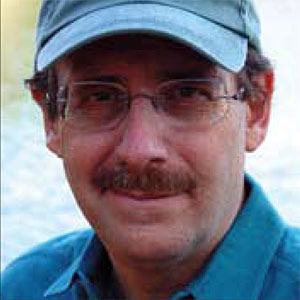William L. Graf2009 Presenters

William L. Graf
William L. Graf, Ph.D., University Foundation Distinguished Professor, Professor and Chair of Geography, University of South Carolina
“We have to convince politicians and business that the rivers are more than just water. Rivers are complex operating systems with historical value and habitat value and aesthetic value. The water is part of the system. To fix these complex systems, we must first ‘get the water right.’”
One of the preeminent river scientists in the world, Dr. William Graf has studied rivers in every region of the country, from the California and Colorado to the Missouri and the Florida Everglades. In addition to his research and teaching, he is active at the intersection of science and policy, serving as an adviser in the re-operation or “un-damming” of rivers, and his research has been central to local and national policy.
A native of coal country in southeastern Ohio, Graf attended the University of Wisconsin, earning a B.A. (1969), M.S. (1971), and Ph.D. (1974)—all in physical geography. He taught briefly at the University of Iowa but in 1978 accepted a position at Arizona State University, where he remained for 22 years. He was appointed by President Clinton to the Presidential Commission on American Heritage Rivers in 1997 and presently serves on the Environmental Advisory Board to the chief of the U.S. Army Corps of Engineers. In 2001 he joined the faculty of the University of South Carolina.
Read a more detailed Nobel Conference profile of Dr. Graf written by freelance science writer A.J.S. Rayl.
TOPIC: Dr. Graf will present on the state of the rivers in the United States, how human society has changed them and their landscapes with devastating consequences for many valued species of wildlife that are now threatened or endangered, how it is possible to reverse these unintended consequences and restore our rivers and their wildlife for future generations. He will highlight current management issues such as river restoration, channel change, damming, and dam removal.